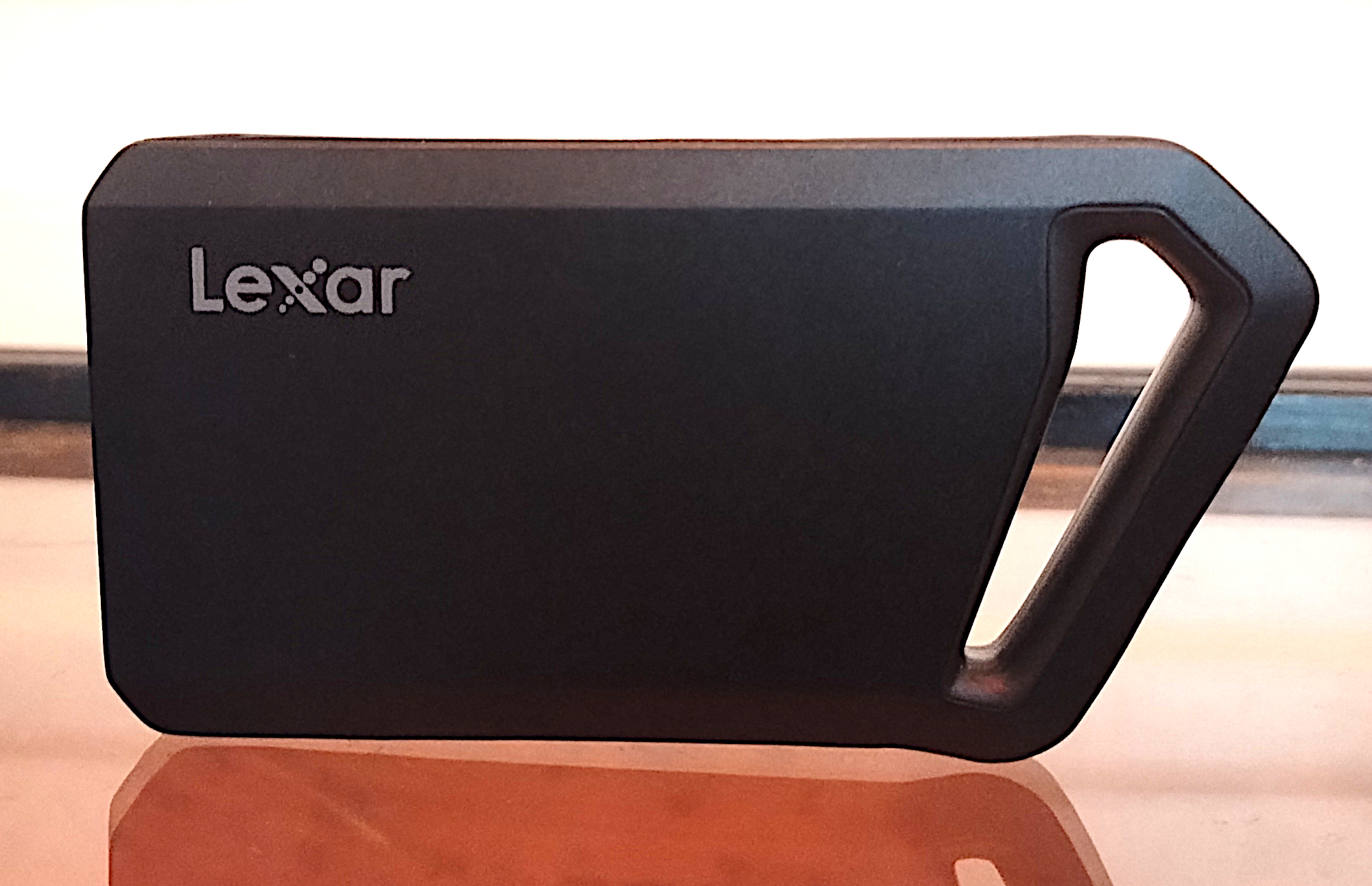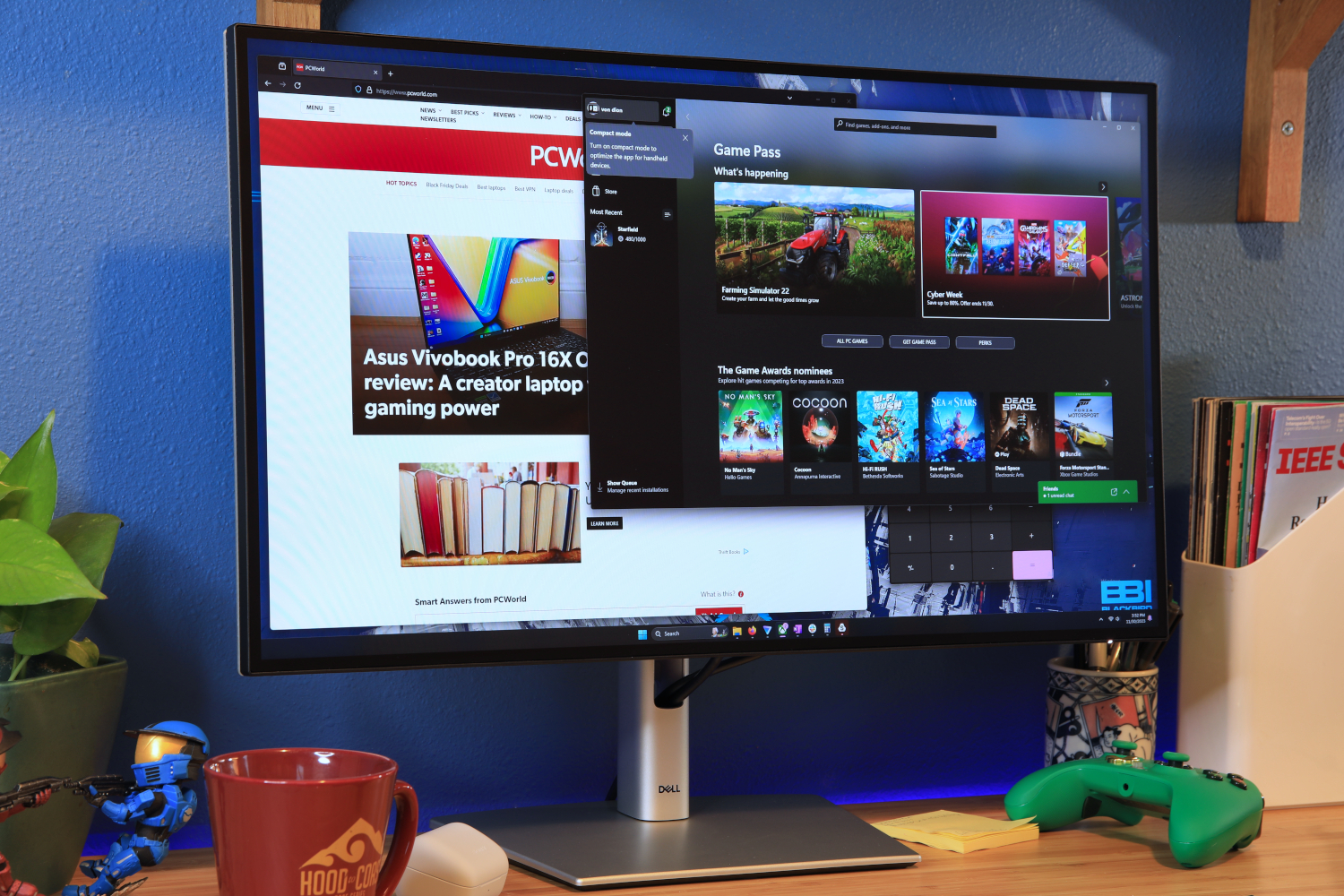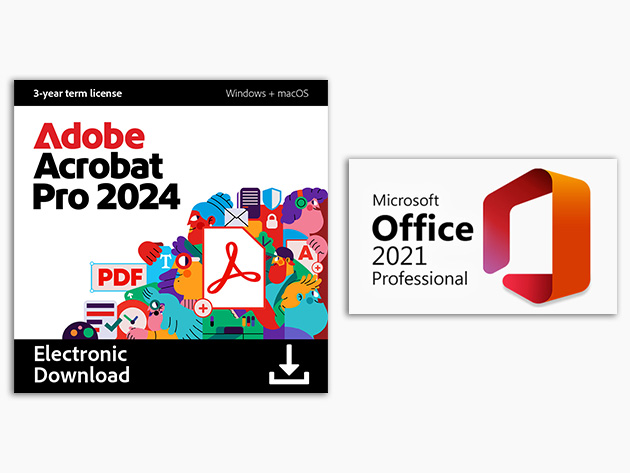I don’t need AI in Windows. I need an operating system that works

“Voice first” is the new “touch first”
With Windows 8, Microsoft aimed to make Windows a “touch-first” operating system, chasing the success of Apple’s iPad. It didn’t work, though, and it only served to alienate users and cause massive problems.
It feels like Microsoft is repeating that same mistake again, except this time they’re chasing the AI dragon. Maybe this time it’ll work better than the company’s past efforts to compete in smartphones, tablets, and VR/XR headsets. Or maybe it’ll just wreck Windows again.
OpenAI employs Jony Ive, creator of the iPhone, and they’re working on some new category-defining AI-first device. Meanwhile, Microsoft is panicking and insisting that Gen Z will find the mouse and keyboard “alien” in a few years. (That seems unlikely considering Gen Z are currently between the ages of 13 to 28.) It feels reactionary, not visionary.
Still, even if people end up loving OpenAI’s new device, the simple truth is that PC users don’t want Microsoft to copy-paste an AI paradigm on top of the Windows desktop we know and depend on. I mean, I use a smartphone every day, but that doesn’t mean I want my Windows PC to be a smartphone. I want it to be a Windows PC.
As a Windows power user, my greatest need is an operating system that just works. An OS that prioritizes the keyboard and mouse. An OS that improves performance, upgrades security, and offers more control over my own hardware. An OS that, frankly, gets out of the way and exists as a reliable desktop operating system that won’t let me down.






